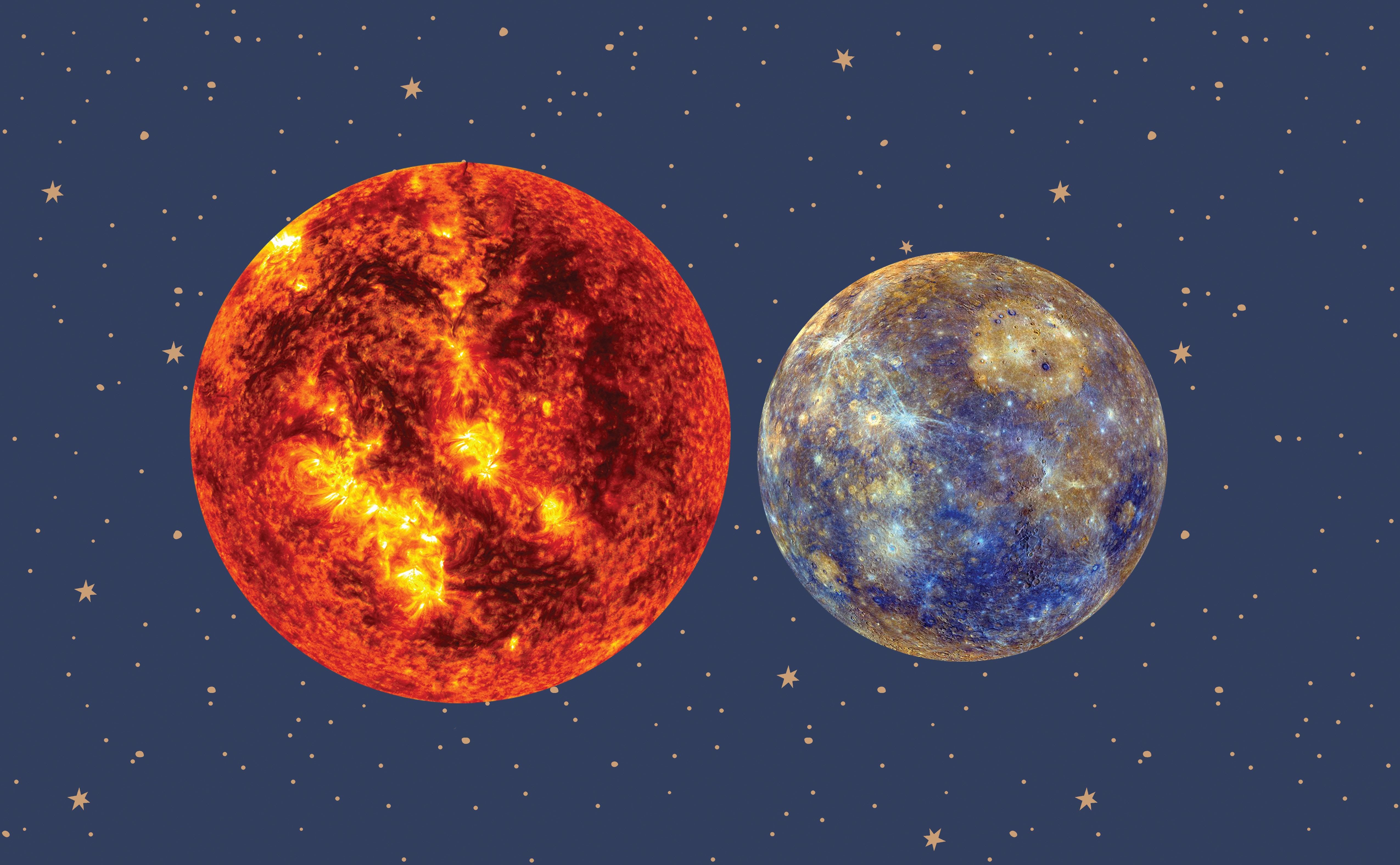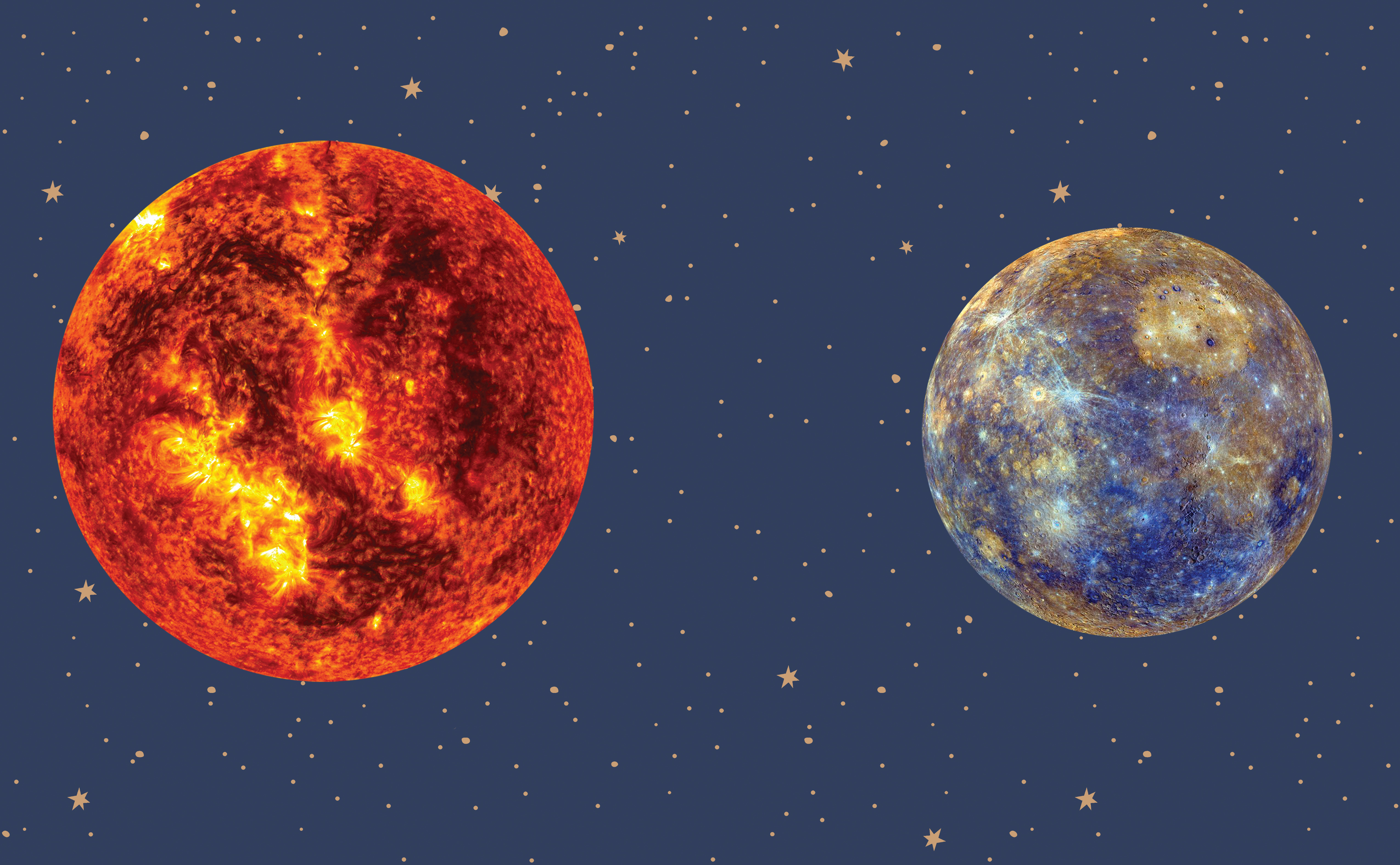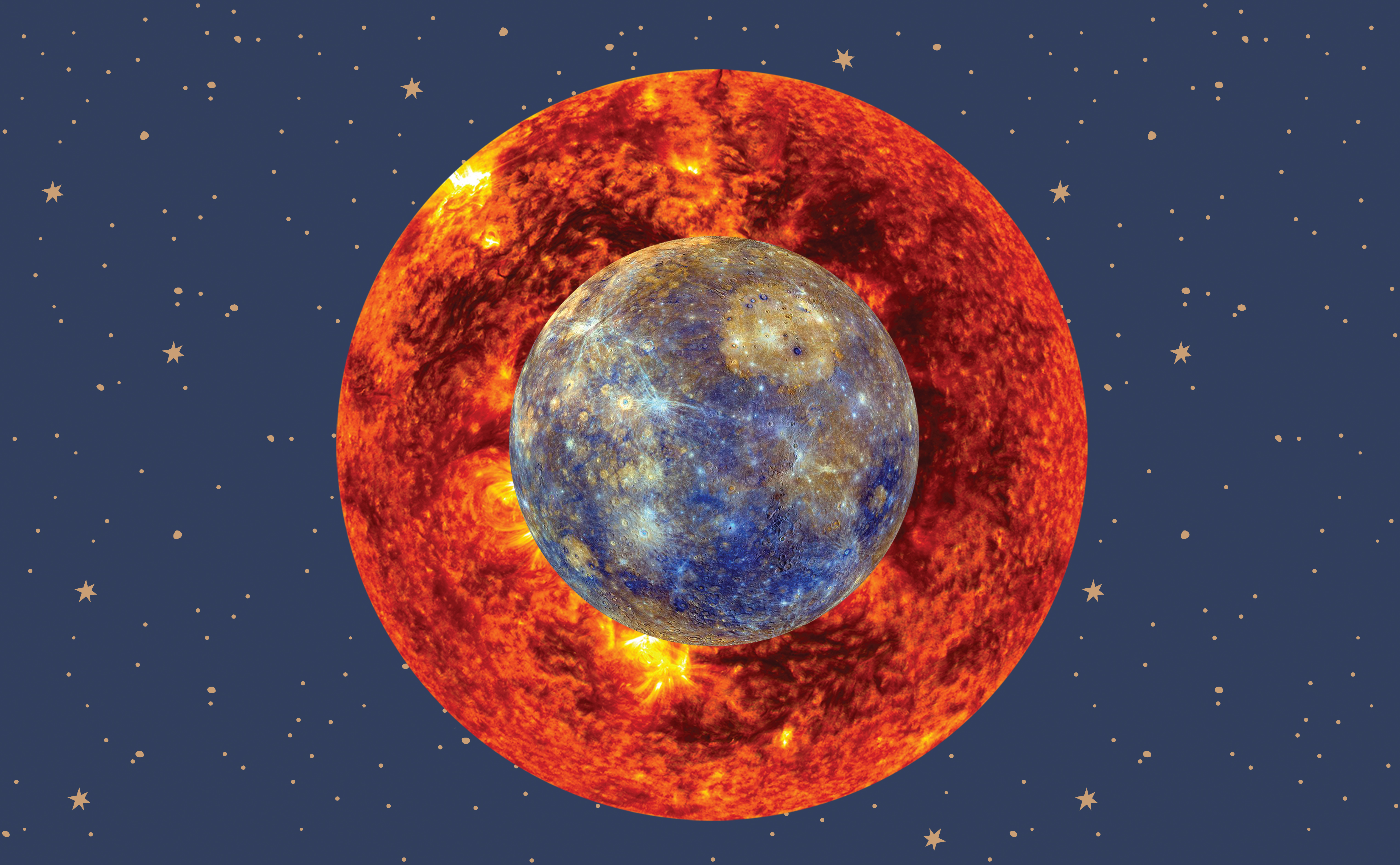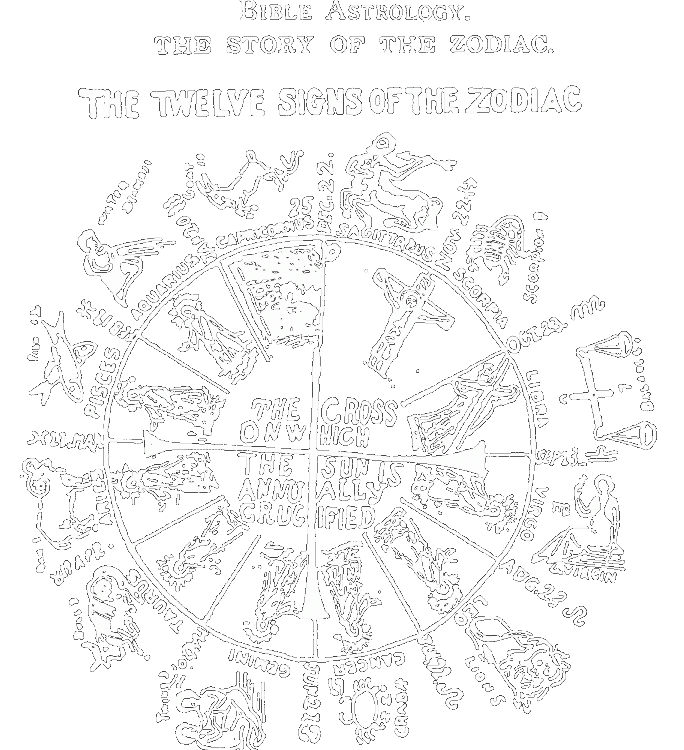Combust, Conjunct, and Cazimi: Astrological Aspects Explained

Revolution on a Revolving Cycle: Pluto in Aquarius
April 7, 2023
Venus In Gemini
April 11, 2023Astrology is a rich and intricate system that offers insight into various aspects of human life, emotions, and events through the study of celestial bodies and their positions in relation to one another. Among the numerous astrological concepts, three stand out as particularly significant in understanding the relationship between the Sun and other planets: combust, conjunction, and cazimi. In this article, we will delve into the meanings and definitions of these concepts, providing a comprehensive understanding of their significance in astrology.

Combust:
In astrology, the term "combust" refers to a specific celestial phenomenon where a planet is in close proximity to the Sun in the sky, as observed from Earth. When a planet is combust, it is believed to be weakened or negatively affected by the Sun's overpowering influence.
The combustion of a planet is said to occur when it is within a certain degree of the Sun, typically 8 degrees. When planets are combust, they are thought to be "burned" or "overwhelmed" by the Sun's rays, diminishing their positive qualities and potentially causing challenging aspects in a person's birth chart.
For instance, if Mercury is combust in someone's chart, it might suggest difficulties with communication or decision-making, as Mercury represents communication and intellect. On the other hand, if Venus is combust, it may indicate challenges in love, relationships, or matters of self-worth, since Venus is the planet of love and beauty.

Conjunction:
A conjunction in astrology occurs when two planets are close together in the sky as seen from Earth. Conjunct planets are believed to blend their energies and work together in a harmonious manner, which can be beneficial in a person's birth chart.
When planets are in conjunction, their energies are thought to combine and create a unified force. This blending of energies can result in a strengthening of the positive qualities associated with the planets involved, potentially manifesting as talents, abilities, or characteristics in a person's life.
However, it is essential to understand the difference between conjunction and combustion. While conjunctions generally indicate a harmonious blending of energies, combustion occurs when a planet is too close to the Sun (typically within 8 degrees) and becomes weakened or negatively influenced by the Sun's overpowering energy. In other words, a combust planet is in conjunction with the Sun, but the proximity is so close that it results in a challenging effect rather than a harmonious one.

Cazimi:
The term "cazimi" refers to a specific celestial configuration where a planet is extremely close to the Sun, typically within 17 arc minutes (or about 0.28 degrees) of the Sun's position in the sky as seen from Earth. The term "cazimi" comes from the Arabic phrase "kaṣmīmī" which means "as if in the heart." It implies that the planet is in the heart of the Sun, being protected and strengthened by the Sun's powerful energy.
Unlike a combust planet, which is weakened by its close proximity to the Sun, a cazimi planet is considered to be significantly strengthened and empowered. The Sun's intense energy is believed to amplify the positive qualities of the cazimi planet, resulting in a potent and beneficial influence in a person's birth chart.
Understanding the Interplay of Combust, Conjunction, and Cazimi:
In astrology, the concepts of combust, conjunction, and cazimi are interconnected, each representing a distinct aspect of the relationship between the Sun and other planets. To better understand their interplay, it is essential to recognize how these concepts differ and how they can manifest in a person's birth chart.
While conjunctions generally indicate a harmonious blending of energies between two planets, combustion and cazimi represent specific scenarios within the broader context of conjunctions. Combustion occurs when a planet is in conjunction with the Sun but is so close (typically within 8 degrees) that the planet's positive qualities are weakened or negatively influenced. In contrast, cazimi represents a unique scenario in which a planet is extremely close to the Sun (usually within 17 arc minutes or about 0.28 degrees) and receives an empowering and strengthening influence instead of being weakened.
In practice, the effects of combust, conjunction, and cazimi will vary depending on the planets involved and their positions in an individual's birth chart. It is crucial to examine the complete birth chart to assess how these concepts interact with other astrological aspects and configurations, as well as the individual's unique life circumstances.
Conclusion:
The concepts of combust, conjunction, and cazimi are essential aspects of astrology, providing insight into the relationship between the Sun and other planets. By understanding the differences and interconnections between these concepts, one can gain a deeper appreciation of the complex and nuanced language of astrology.
A thorough analysis of an individual's birth chart, taking into account the complete range of astrological aspects and configurations, will provide the most accurate and insightful interpretation of the potential influences of celestial bodies on their life. As with any form of divination or self-discovery, astrology serves as a tool for reflection, personal growth, and understanding, offering valuable perspectives on the human experience.



